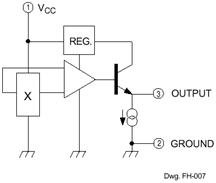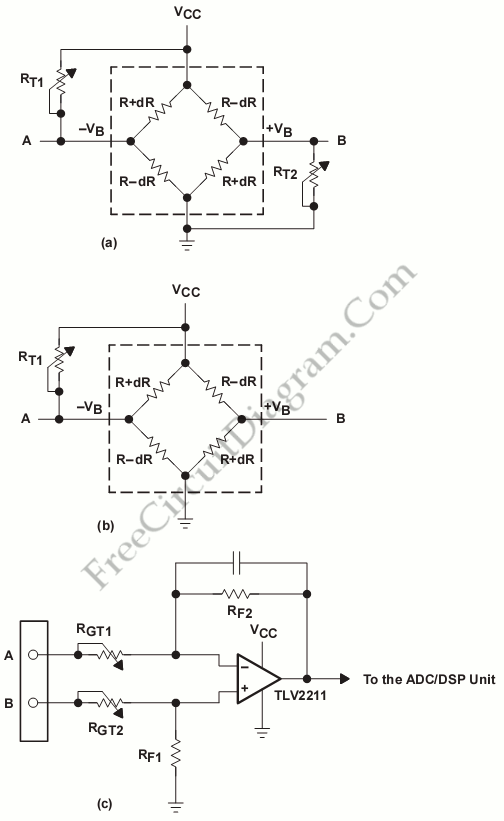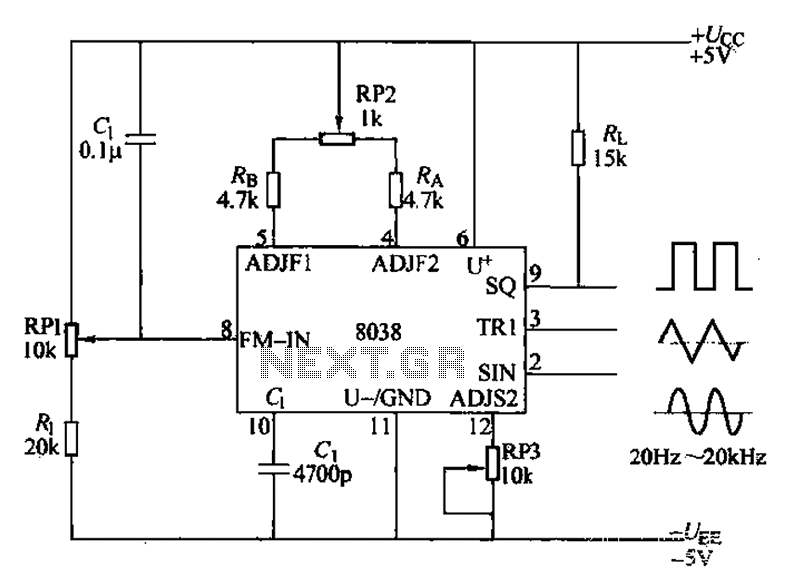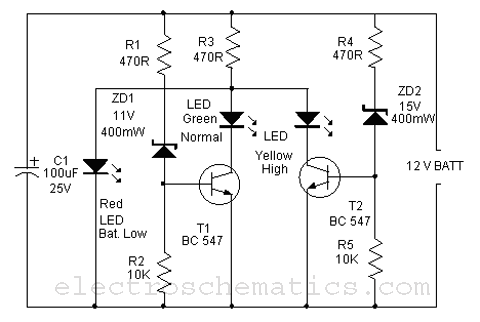
Heart Monitor (ECG Sensor Signal Amplifier/Conditioner)
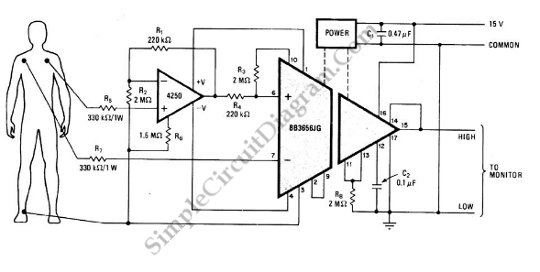
The circuit illustrated in the schematic diagram below is designed to monitor the heart pulses of a patient. This circuit buffers and amplifies the heart pulses.
The heart pulse monitoring circuit typically consists of several key components that work together to accurately detect and amplify the electrical signals generated by the heart. The primary components include:
1. **Electrodes**: These are placed on the patient's skin to detect the electrical activity of the heart. Common configurations include a pair of electrodes placed on the chest or limbs.
2. **Buffer Amplifier**: The initial stage of the circuit is usually a buffer amplifier. This component is essential for isolating the electrodes from the subsequent amplification stages, preventing loading effects that could distort the signal. Operational amplifiers (op-amps) configured as voltage followers are commonly used for this purpose.
3. **Gain Stage**: Following the buffer, a gain stage amplifies the weak electrical signals detected by the electrodes. This stage typically involves one or more op-amps configured to provide a significant gain, often adjustable based on the specific requirements of the monitoring application.
4. **Filtering**: To ensure that only the relevant heart signal frequencies are processed, the circuit may include a filtering stage. This stage can utilize passive filters (resistors, capacitors) or active filters (using op-amps) to eliminate noise and interference from other electrical signals.
5. **Output Stage**: The final stage of the circuit is designed to present the amplified and filtered signal in a usable format. This could involve further amplification for driving a display, an analog-to-digital converter for digital output, or a wireless transmitter for remote monitoring.
6. **Power Supply**: The circuit requires a stable power supply to ensure consistent operation. Battery power is often preferred for portability, while regulated power supplies may be used in stationary applications.
This heart pulse monitoring circuit is crucial for various medical applications, including real-time patient monitoring in hospitals and remote health tracking for individuals. Proper design considerations, such as component selection and circuit layout, are vital to ensure accurate and reliable performance.Using the circuit depicted in the schematic diagram below we can monitor the heart pulses of patient. This circuit buffer and amplify the heart pulses, and the.. 🔗 External reference
The heart pulse monitoring circuit typically consists of several key components that work together to accurately detect and amplify the electrical signals generated by the heart. The primary components include:
1. **Electrodes**: These are placed on the patient's skin to detect the electrical activity of the heart. Common configurations include a pair of electrodes placed on the chest or limbs.
2. **Buffer Amplifier**: The initial stage of the circuit is usually a buffer amplifier. This component is essential for isolating the electrodes from the subsequent amplification stages, preventing loading effects that could distort the signal. Operational amplifiers (op-amps) configured as voltage followers are commonly used for this purpose.
3. **Gain Stage**: Following the buffer, a gain stage amplifies the weak electrical signals detected by the electrodes. This stage typically involves one or more op-amps configured to provide a significant gain, often adjustable based on the specific requirements of the monitoring application.
4. **Filtering**: To ensure that only the relevant heart signal frequencies are processed, the circuit may include a filtering stage. This stage can utilize passive filters (resistors, capacitors) or active filters (using op-amps) to eliminate noise and interference from other electrical signals.
5. **Output Stage**: The final stage of the circuit is designed to present the amplified and filtered signal in a usable format. This could involve further amplification for driving a display, an analog-to-digital converter for digital output, or a wireless transmitter for remote monitoring.
6. **Power Supply**: The circuit requires a stable power supply to ensure consistent operation. Battery power is often preferred for portability, while regulated power supplies may be used in stationary applications.
This heart pulse monitoring circuit is crucial for various medical applications, including real-time patient monitoring in hospitals and remote health tracking for individuals. Proper design considerations, such as component selection and circuit layout, are vital to ensure accurate and reliable performance.Using the circuit depicted in the schematic diagram below we can monitor the heart pulses of patient. This circuit buffer and amplify the heart pulses, and the.. 🔗 External reference

.png)
